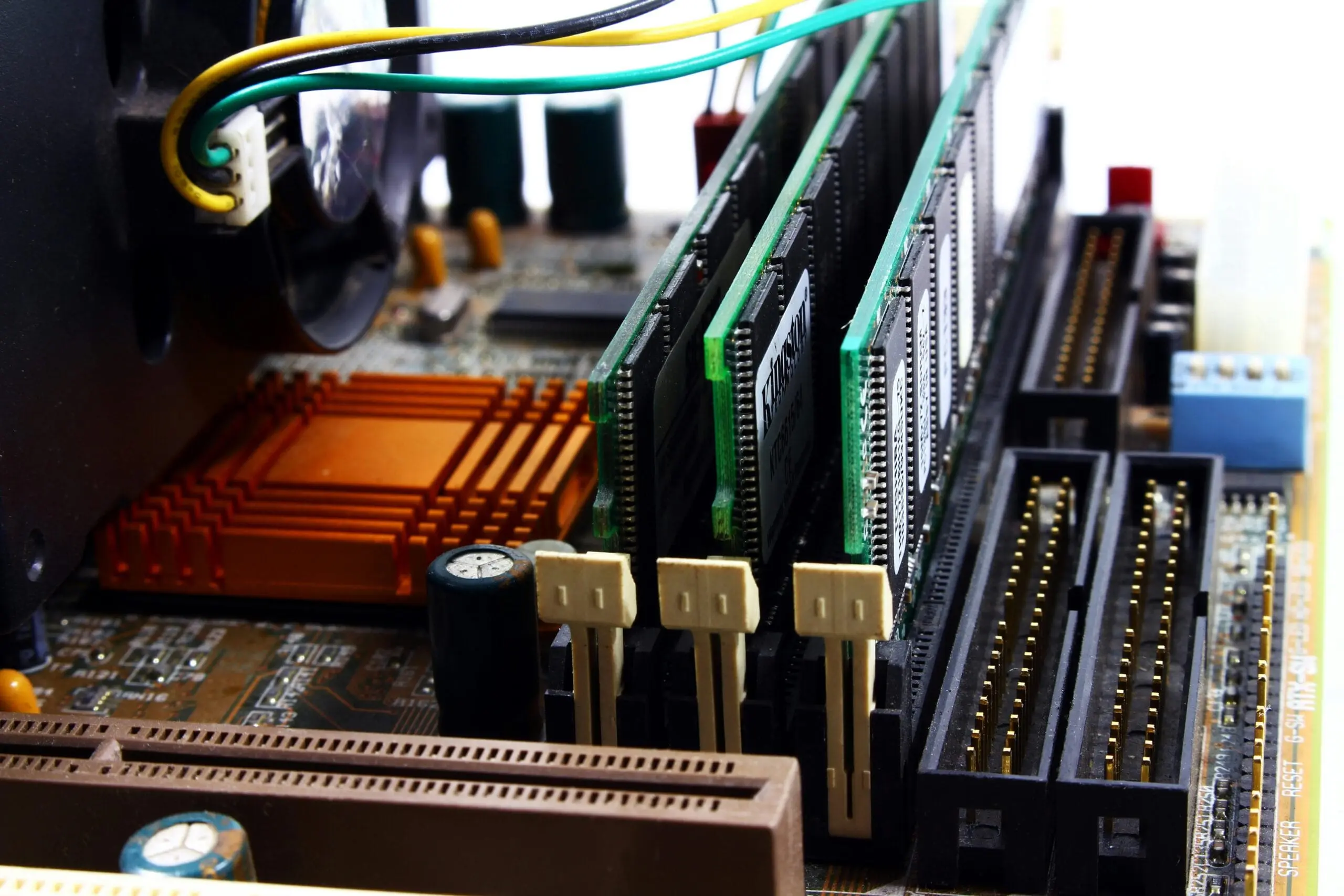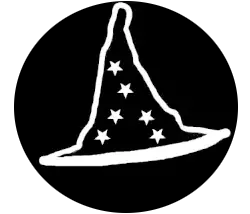- What is Windows?
- Windows File System Explained
- Installing Software
- Removing Software
- Control Panel
- Theme Customization
- Command Line / Terminal
- Updating The System
- Protecting The System / Malware Removal
- Restoring The System / Recovery
- Account management
- Duplicate screens, cast screens and configuration
- Task managers & shutting down a frozen process
- Office, PDF software & more
- Notifications.
- Other resources.
What is Windows?
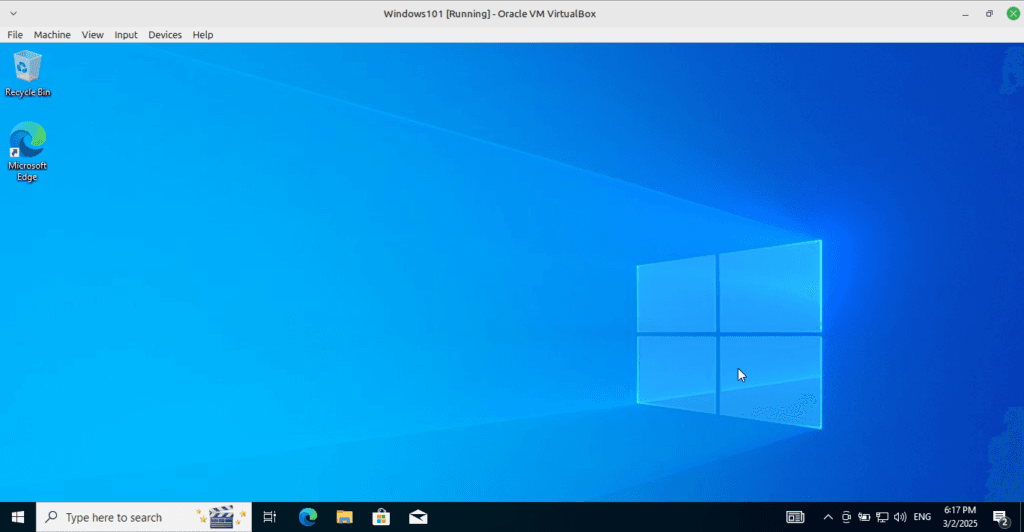
Windows is developed by Microsoft, it is the most popular consumer operating system in the world. It is primarily programmed in C and C++. If you have to fix a computer, most likely it will be on Windows, so you have to become really familiar with it. Its development started in the 1980s, so far, they have released a few versions of the system :
- Windows 1.0 – November 20, 1985
- Windows 2.0 – December 9, 1987
- Windows 3.0 – May 22, 1990
- Windows 3.1 – April 6, 1992
- Windows 95 – August 24, 1995
- Windows 98 – June 25, 1998
- Windows Me (Millennium Edition) – September 14, 2000
- Windows XP – October 25, 2001
- Windows Vista – January 30, 2007
- Windows 7 – October 22, 2009
- Windows 8 – October 26, 2012
- Windows 8.1 – October 17, 2013
- Windows 10 – July 29, 2015
- Windows 11 – October 5, 2021
Check out this cool website to test older versions of Windows : https://www.pcjs.org/software/pcx86/sys/windows/3.10/
Windows File System Explained
What is a file system?
A file system is a method used by an operating system to manage, organize, and store files. Some file systems are better than others, and some have more limitations. When you format a flash drive, you’ll be asked to choose a file system. Understanding the differences between them can help you make the most of your storage device.
FAT16
- Introduced in: MS-DOS (1980s)
- Maximum Volume Size: 2 GB
- Maximum File Size: 2 GB
- Used for: Older systems, small disks, or portable devices like USB key/disk.
FAT32
- Introduced in: Windows 95 OSR2 (1996)
- Maximum Volume Size: 8 TB (with the right software, but Windows limits it to 32 GB)
- Maximum File Size: 4 GB
- Used for: External drives, flash drives, and legacy systems. It is widely compatible with various operating systems (Windows, macOS, Linux, etc.).
exFAT
- Introduced in: Windows CE (2006)
- Maximum Volume Size: 128 PB
- Maximum File Size: 16 EB
- Used for: Modern external storage devices like flash drives, SD cards, and external hard drives, especially for high-capacity storage.
NTFS
- Introduced in: Windows NT (1993)
- Maximum Volume Size: 256 TB
- Maximum File Size: 256 TB
- Used for: Default file system for Windows operating systems starting with Windows XP and continuing through to Windows 11. It supports file permissions, encryption, journaling, and other advanced features.
Do Not Forget
NTFS (New Technology File System) allows file and folder names up to 255 characters, but the total path length (which includes the drive letter1, all folder names, and the file name) is limited to 260 characters. This means the entire address of a file, from the drive letter to the file name, cannot exceed 260 characters. Additionally, NTFS restricts certain characters in file and folder names, such as \ / : * ? " < > |, as these are reserved for system functions. While NTFS supports long file names and deep folder structures, it’s important to keep these limitations in mind to avoid errors.
With time, you will encounter some corrupted files or problems if you do not follow these limitations. Different operating system can create files that Windows do not support, so make sure to remember these indispensable facts and correct any files names or big folder path that wouldn’t be supported.
Installing Software
If you are here, you probably already know how to install software, but here is a refresher:
- Open your favourite browser.
- Search for a software on Google, ex: Discord.
- Go to the software official website, search for the download page.
- Download it.
- Find the location of the software you downloaded (usually in the download folder).
- Open the .exe file and follow the instructions on screen to install your software.
Removing Software
There are a few ways to remove software on Windows.
Using the Control Panel
Click on the start menu and start typing “Control Panel”
Using Settings
Press on the WIN + X key and select
Using a 3rd Party Software
Control Panel
The control panel has been mostly replaced by “Settings” but it is still extremely useful. Some options that are present there are non-existent in the “Settings”.
Theme Customization
Microsoft Windows allows you to customize your desktop to your linking. You can change the background, sounds, cursors and more!
Windows 10
Background
To change the background on Windows 10, right-click on the desktop
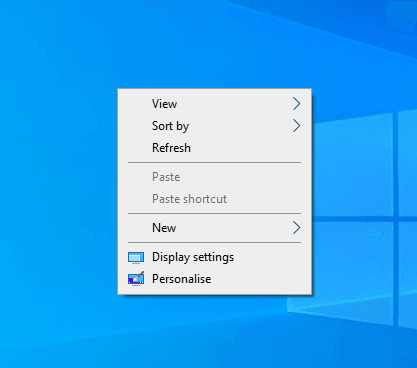
Select the “Personalize” option
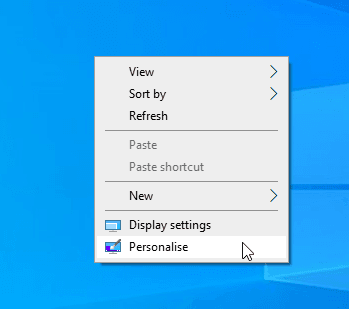
Change your background using the “Browse” button or by selecting the menu and selecting a colour.
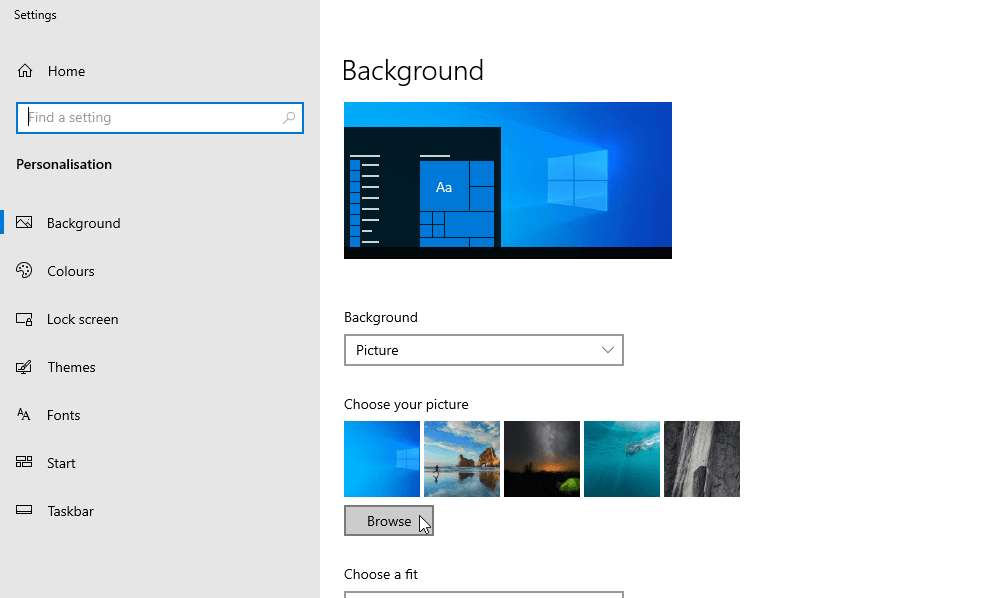
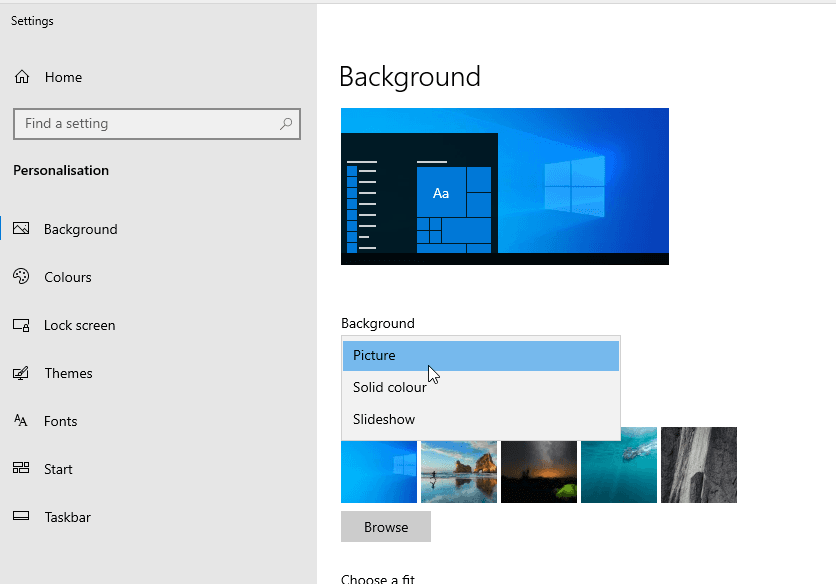
You can also choose if you want to stretch, fill or centre your background using the following button:
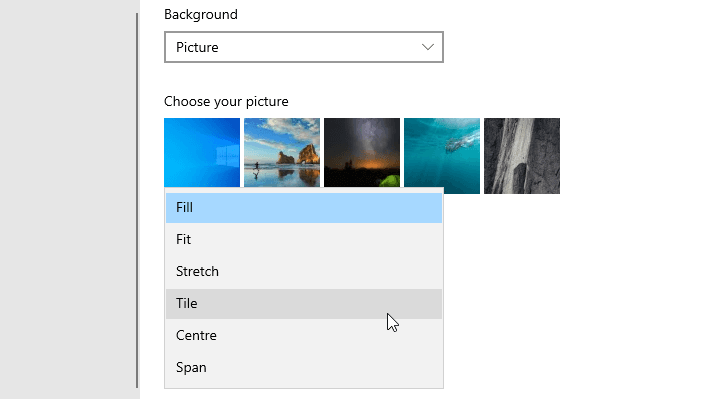
Sounds
To change the sounds, look on the left side
- Click on “Themes”.
- Click on “Sounds” on the right side.
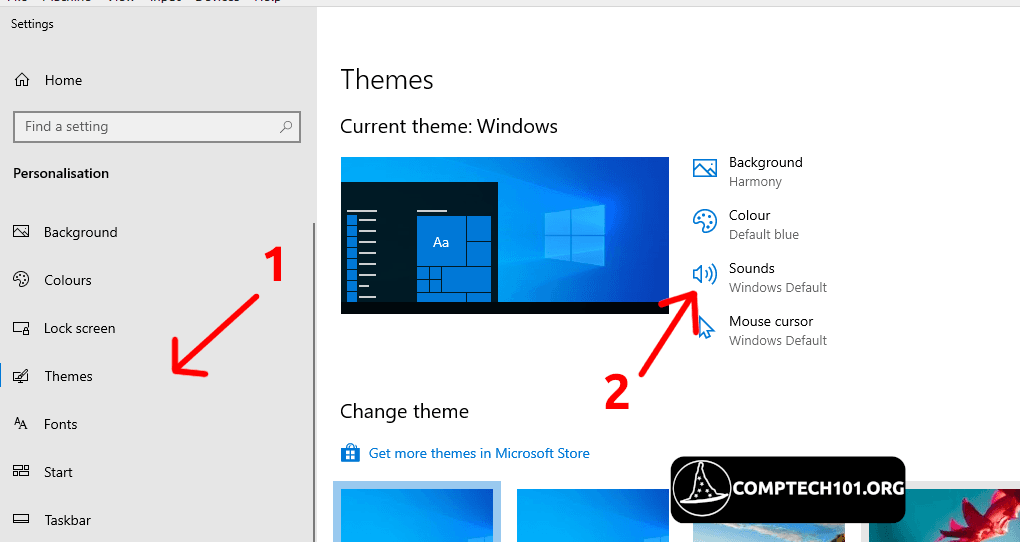
- Select the “Sound Scheme”, select “No Sounds” if you don’t want any notification sounds.
- Click on the function sound you want to edit.
- Select the sound using the “Sounds” menu and then click on “Test”.
- Click “Apply”.
- Click “OK”.
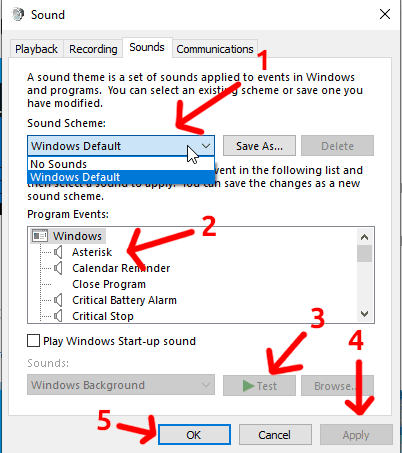
You can also add your custom sounds if you click on the “Browse” button. They must be .wav files. If you have .mp3 files that you would like to use, you can use a .mp3 to .wav converter online.
Cursor
To change the cursor theme :
- Click “Themes” on the left side of the screen.
- Click “Mouse cursor”.
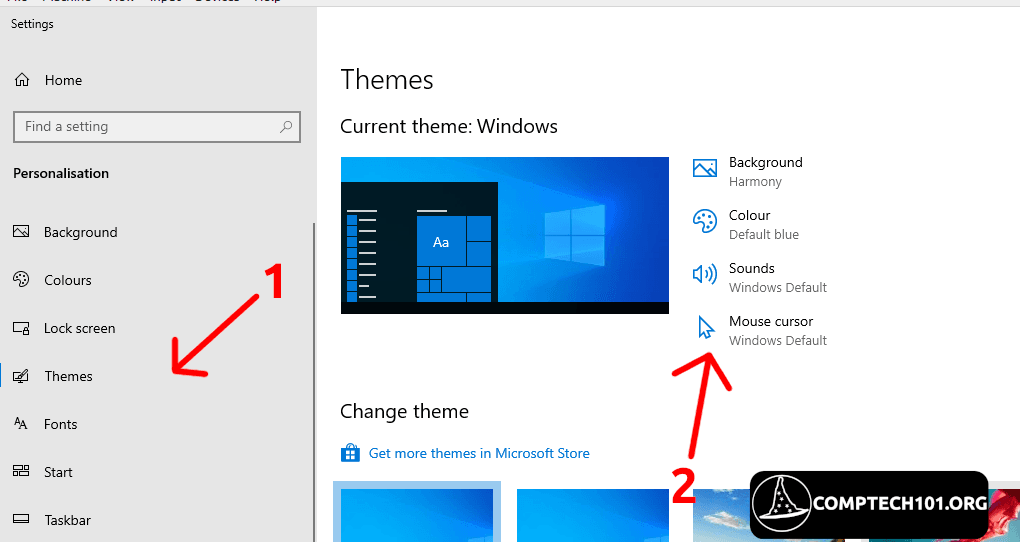
- Click “Pointers”.
- Click on the “Scheme” menu.
- Select the theme you want.
- Click “Apply”.
- Click “OK”.
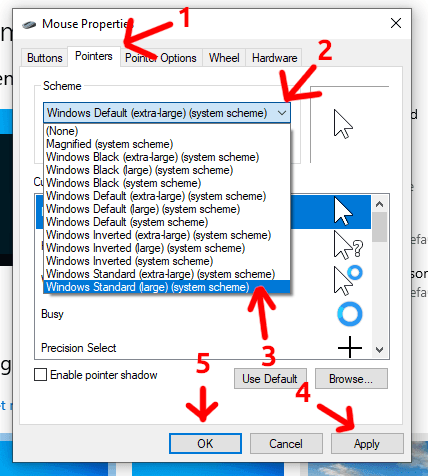
Windows 11
Background
Sounds
Cursor
Download Themes!
Command Line / Terminal
The command line is a relic from the past, but it doesn’t mean it is not useful! Some tools are better used in CMD and or PowerShell because they can be faster than searching for a software and clicking a few buttons. Scripts can be used to automate tasks that you often repeat. Terminals are extremely powerful, and learning to use them can save you a lot of time and effort.

For example, if you’re trying to change the system language and, despite selecting and applying it, the language doesn’t change, the command line can be used to fix the issue. A simple command, and voilà!
How to open it?
To open the Command Line, you can use the following :
Win + R and then type CMD & press enter.
Click on the search bar, type CMD and press enter.
Sometime, you need to have administrative access to do certain operations, to enable it, search “CMD” in your start menu
Then right-click on it and click “Start as administrator”.
How to use it?
Most useful commands
Help!?
Updating The System
There are 2 main ways to update the system :
Windows Update
Using the Update Assistant
Protecting The System / Malware Removal
Windows Defender
Third Party Software
Restoring The System / Recovery
Account management
Create an Account
Delete an Account
Duplicate screens, cast screens and configuration
Duplicate
Casting
Zooming the Screen
Task managers & shutting down a frozen process
Opening Task Manager
Shutting Down a Process
CMD
Office, PDF software & more
Notifications.
Notifications can sometime be a bit too much. Sometimes, a client might need you to show them how to make them silent, or they have what I call a “Fake Virus” that shows notifications like they are infected.
Enable/Disable Them
Fake Virus
Sometimes, you will see something like this:
To disable them, open chrome or the browser that is showing up in the notifications and go to the settings. Search for “Notifications” find the malicious website and delete or disable it.
Other resources.
Make sure to check the virtualization chapter and install Windows 10 & 11 to make yourself a lab and test everything that was written in this chapter.
Access The Full List Of Chapters From Here
- A letter that identifies a storage device on a computer, such as a hard drive or USB drive ↩︎
